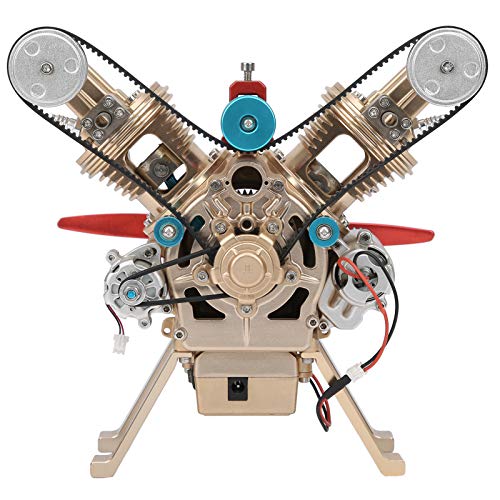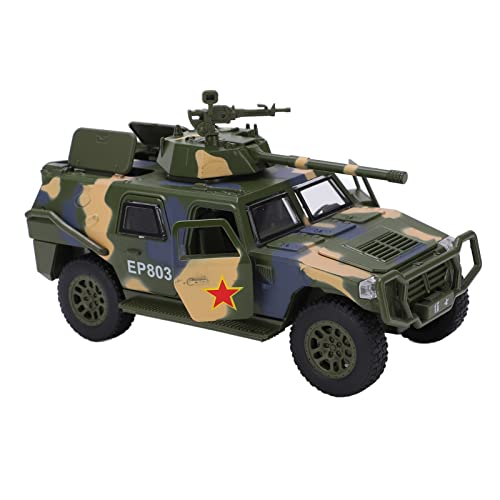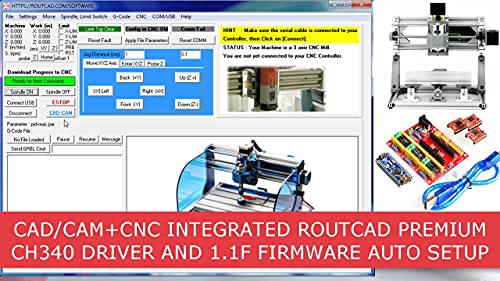If you were to spend the time making patterns that were 100%, drawings that were faultless with all tolerances etc on them and then provide perfect castings and freely change any with faults you would be looking at a lot of time and effort for limited return.
Having actually done drawings patterns (machined and printed) Then passed them on to get them cast professionally and available for sale I know what is involved including designs that did not work, patterns that needed altering, duff castings from the foundry as well as the good ones. I talk from actual experience. Again I've redone patterns for old casting sets where they were damaged or just not that good so again know what is involved.
You have only cast a few items, have not yet sorted out the surface finish of your 3D prints and not cast anything for years. Once you get up and running then maybe you will have a different view.
Although I have not done any casting work in years, that does not negate the knowledge I gained during the 10 years I was created drawings, 3D printed and manually made patterns, and made castings using aluminum, brass, bronze, and cast iron.
What I am saying is that by using 3D modeling, and verifying that an engine design will operate correctly in simulation, and then extracting 2D drawings from the 3D model, you are pretty much guaranteed to have a good set of working drawings that are free from errors (been there, done that, it does work).
Sending out patterns to an external foundry is a bit of a crap shoot in my opinion, since you don't have any control over their quality control, and may not even know if the same person will do the work each time. You don't know if they accurately measure ferrosilicon, or how slowly they cool the castings (or may not know other than what they verbally tell you, but who knows unless you actually witness it yourself).
And if you are forced to use greensand molds, then you are going to trade off quality, in my opinion.
Not everyone can make their own castings at home; I understand that farming out castings may be a necessity for many/most, and thus you have to deal with what you can get.
If careful attention is paid to draft angle, you should not have to modify a pattern, unless there is some sort of fill issue.
Fill issues can be solved by changing runners and gates.
You are not losing any time and effort by making the 3D model and 2D drawings correct the first time.
You lose time by not doing things right initially, and then having to redo things over and over.
There is nothing worse than a problem dominoing through the entire design/casting process.
The Merlin castings that someone made are a good case study in what can go right and wrong with intricate engine castings.
Reading the notes on that Merlin page indicated problems with some of the castings fitting together, from a dimensional standpoint.
The smaller and more intricate the pattern/casting, the higher the probability that something will not align exactly.
I think the lesson from the Merlin castings is that even with great care in pattern making, and superb castings, you may still have a few issues crop up.
I have been up and running for 10 years, and so that is not really an issue.
As far as "up and running" meaning mass-producing model engine castings, I won't be doing that.
The most I would ever attempt is limited run production, of perhaps 10 castings for each engine, so I could tightly control all quality control aspects, and be sure every casting was correctly annealed.
There does not appear to be any profit in selling model engine castings these days, at least in limited quantities, and so there is no logic to selling casting kits only to lose money on each sale.
You don't want to get into a situation where you are passing money through either; you need a clear and significant profit, else why sell something?
I think many of the problems with model engine castings comes from the lack of profit, and thus the foundry cutting corners.
The Cretors guy mentioned that his casting quality goes down every year, and his casting costs go up exponentially every year.
Limited run castings are difficult to source.
The Amish are one source that I am told does quality iron and other castings.
I am not convinced that a hobby-level person could sell enough casting kits to make a profit, especially the way this hobby is headed.
Only time will tell if even the major kit companies will survive (many have not).
.


































































